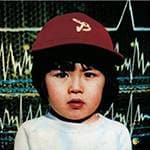Simon & Garfunkel's Music Throughout the Decades... Part II
In the previous issue, we took Simon & Garfunkel's signature song “Sounds of Silence” as a starting point to discuss Paul Simon as a musician and the backstory that led to the song's success.
This time, we will examine Paul Simon's music as seen through the production of their most well-known songs and movie soundtracks.
The Duo Simon & Garfunkel and the Zeitgeist
Paul Simon and Art Garfunkel had a number one hit singles in the United States with their rearranged version of “Sounds of Silence,” credited to their first album released in 1964.
It was a time when the heyday of folk music was ending and people were beginning to seek out new music. Folk and rock, live guitar and electric guitar, etc., were being discussed as if they were on one axis of opposition. It was a period of transition from acoustic to electric and from folk to rock.
The electrification of the folky song “Sounds of Silence” symbolized such a transition in the mid-1960s. The producer took the liberty of overdubbing drums, electric bass, and electric guitar to make “Sounds of Silence” into an 8-beat song. The birth of this song was originally not considered for an album track, but it managed to reach No. 1 in the U.S., so it exactly was the kind of music that the people from those times demanded.
Musician Paul Simon
Simon & Garfunkel's music rode the wave of the times that made them stars, but we should not forget that Paul Simon was a musician who grew up in the mid-1960s and beyond. The hit “Scarborough Fair” from his third album is not entirely original. Even the soundtrack for the movie “The Graduate” was made with old songs instead of new ones. In this sense, his music was still in its developmental stage.
■ Recommended album: Simon & Garfunkel's Parsley, Sage, Rosemary and Thyme (1966)
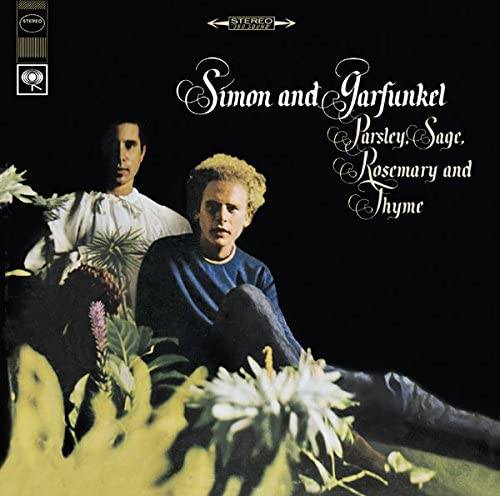
Simon & Garfunkel's third album. The album was their best-selling album at the time, reaching No. 4 in the U.S., partly due to the success of the No. 1 single “Sounds of Silence” in the U.S. “Scarborough Fair” is a great song, but it’s not a great album.
Although “Scarborough Fair” is a great song, it‘s hard to believe that they had enough time to make this album considering that it was released in the same year as their second album “Sounds of Silence,” which lacked a good selection of songs.
On the other hand, as for the quality of the songs, there are some good songs such as “I want to go home early” and “Song of the 59th Street Bridge (Feelin' Groovy),” which would later be credited as the best album of the year, and I think this is the period when Paul's originality began to be established.
Recommended song: “Scarborough Fair”
This song makes good use of Simon & Garfunkel's characteristic harmony between the two musicians. The song, which is said to have been taken from a British folk song, has been transformed into a wonderful song through Paul Simon's filter. While living in England, Paul learned guitar motifs and folk songs from English musicians and reflected them in “Scarborough Fair”. There are also quotes from his own original anti-war songs. Art Garfunkel also contributed to the songwriting.
Recommended Song: “7 O'Clock News/Silent Night”
This Christmas song, “Kiyoshi-Kono Yoru,” can be taken as their message, with the DJ reading news (Vietnam War-related, Civil Rights Movement-related, Martin Luther King, etc.) that reflected the world of the time and it played endlessly in the background.
■ Recommended album: Graduation/Original Soundtrack by Simon & Garfunkel's (1968)
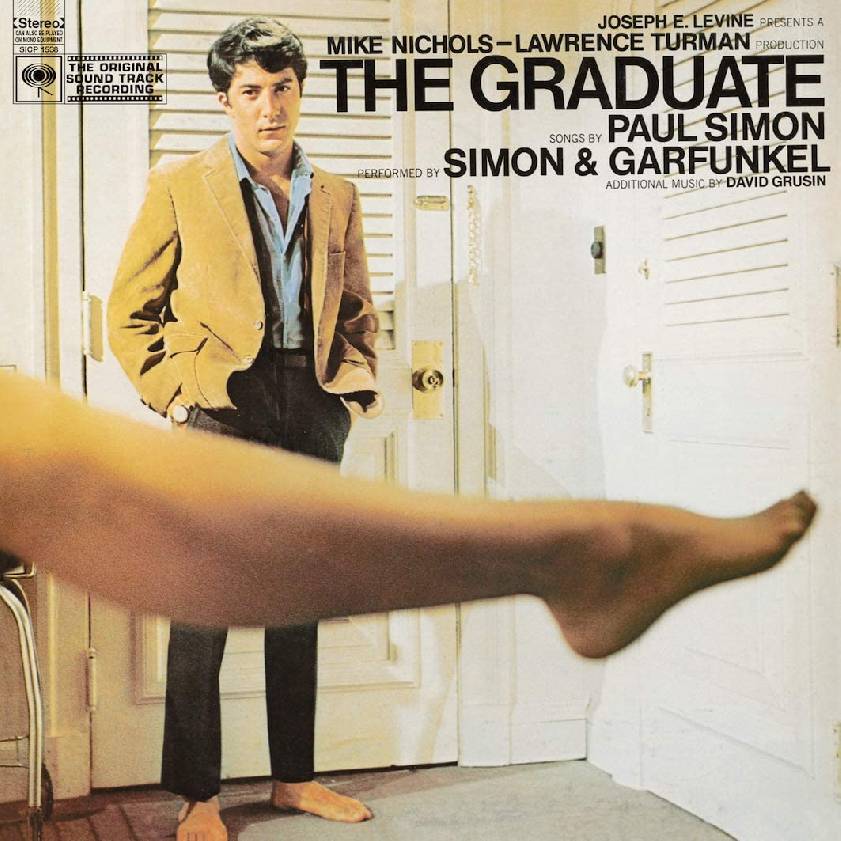
In the famous scene from the movie The Graduate, the woman’s leg in the picture is the leg of Mrs. Robinson, the adulteress. One exquisite cut of Mrs. Robinson's stocking-clad leg in the foreground, with Dustin Hoffman behind her, was used for the record jacket artwork.
Director Mike Nichols asked Paul Simon to do the soundtrack. Paul proposed a new song, but director Nichols decided that Simon & Garfunkel's previously released songs such as “Sounds of Silence,” “Scarborough Fair/Chanting,” and “Come April, She'll Be Here” were more suitable for the film. The new songs were rejected and the previously released classic songs were adopted.
Recommended Song: “Mrs. Robinson”
The introduction is a simple arrangement that begins with Paul Simon's acoustic guitar cutting in. This is a different track from the same song on “Book Ends,” and the song is sung in a different style.
The title “Mrs. Robinson” was originally “Mrs. Roosevelt”. However, Paul was unable to meet the deadline when he received the offer, so he decided to use the song “Mrs. Roosevelt,” which he had written during the tour, as one of the songs on the soundtrack.
At Art Garfunkel's suggestion, the title was famously changed to “Mrs. Robinson” in honor of the character Mrs. Robinson, who has an affair with lead actor Dustin Hoffman.
Recommended Song: “April Come She Will”
A breezy, under two-minute song that begins with an arpeggio intro that breaks up Paul Simon's three fingers. Paul is very good at making small pieces like this.
Paul's finger picking and Art Garfunkel's singing are perfectly matched.
In the movie The Graduate, there is excellent editing work in the bed scene with Mrs. Robinson, where the scene cuts just as Dustin Hoffman climbs on top of Mrs. Robinson, and then Hoffman slides into the floating boat in the pool. The song used for this scene is “April Come She Will”. I admire director Mike Nichols's taste in using music that’s appropriate with each scene.
Please see the film. It is really lovely!
Musicians, albums, and recommendations featured in this issue
- Artist:Paul Simon, Art Garfunkel
- Albums:Parsley Sage Rosemary and Thyme, Graduation/Original Soundtrack
- Songs: “Scarborough Fair”, “The 7 O'Clock News/Silent Night”, “Mrs. Robinson”, “April Come She Will”
⇨ SOUND HOUSE Piano/Synthesizer List
The “sound & person” column is made up of contributions from you.
For details about contributing, click here.








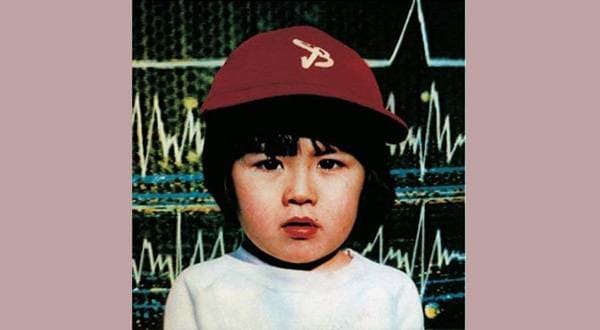
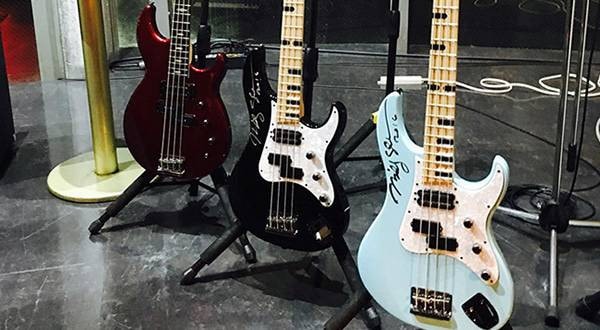


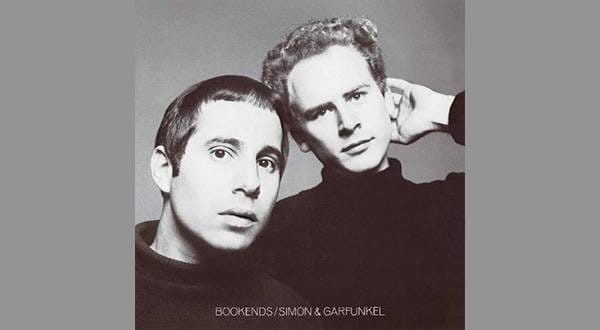

![[Acoustic guitar] Finger style pick selection](/contents/uploads/thumbs/5/2020/6/20200610_5_10305_1.jpg)
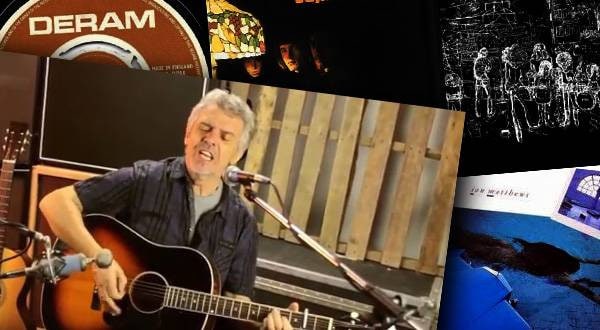
![[2025 Recommended Ranking] How to Choose Acoustic Guitar Pickups](/contents/uploads/thumbs/2/2017/4/20170405_2_1124_1.jpg)
 フェンダーアコースティックギターのすゝめ
フェンダーアコースティックギターのすゝめ
 超オススメのフレーズ道場 アコースティックギター
超オススメのフレーズ道場 アコースティックギター
 ギターの種類
ギターの種類
 ギターケースの選び方
ギターケースの選び方
 ギターの選び方
ギターの選び方
 ギタースタートガイド
ギタースタートガイド


